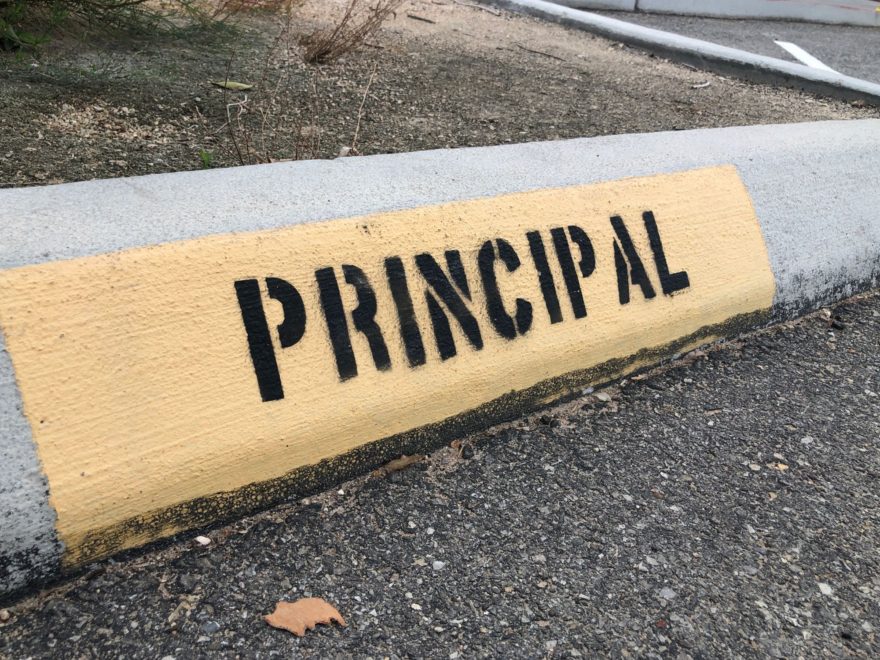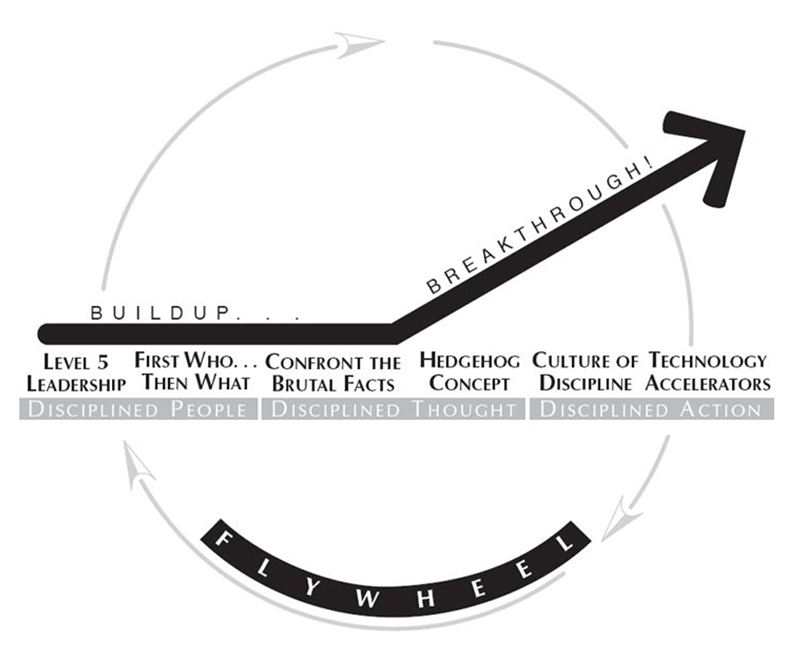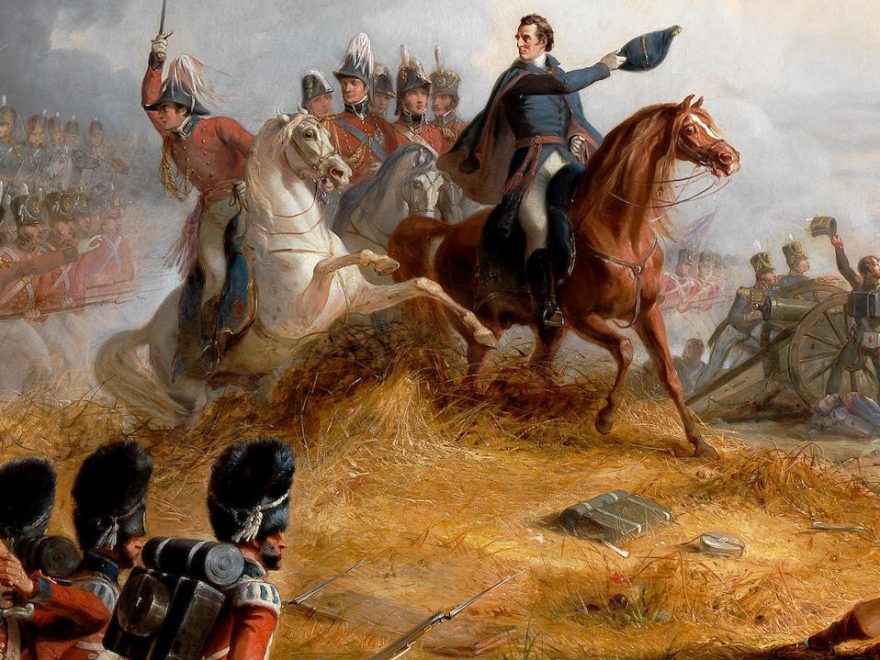Tag: leadership principles
-

Building Culture: The Architecture of a Successful Classroom
Previously I explored how we can create culture in our classrooms to foster growth in habits through the installation of rich values that inspire students to reach for personal excellence. Since then, I have had many opportunities to further my thinking and interact with even more perspectives to equip teachers to lead their students towards…
-

Refining the Mission for an Aligned Community
In organizational development, scholars often make the distinction between an organization’s vision and mission. While there are numerous ways to differentiate between the two, generally speaking, an organization’s vision is an inspirational picture of the future. It is the aspirational end state that comes from asking the question, “What if the world could be different?…
-

3 Leadership Books for Teachers
Teachers are the leaders of their classrooms. Now, this may seem obvious (who else would be in charge?), so let me explain. Teachers are responsible for the execution of classroom objectives and the development of their students. In a healthy school, they are given the freedom and responsibility, within a broader structure of administrative oversight,…
-

Creating Culture: The Ultimate Habit Training Tool
The lily of the valley (Convallaria majalis) is such a lovely plant. By all appearances it is a delicate flowering plant. Dunbar refers to “the Lily of the Valley | With its soft, retiring ways.” in his poem “Lily of the Valley” (1913). Despite its appearance and reputation, the heartiness of the plant is one…
-

So, You Think You Want to be a Principal…
School Principal Job Description Unclogging toilets and mopping up sewage in the restrooms of your new facility Setting up hundreds of chairs for an event on your own because you know you can’t ask any more of your teachers or volunteers Subbing for Calculus one day and Kindergarten the next, outside of your comfort zone…
-

Good to Great: Helping Schools Find Their Hedgehog Concept
In a world of seemingly endless opportunities for educational innovation, it can be difficult for school leaders to know where to focus. Should they prioritize the building of a successful sports program? How about offering generous packages of financial assistance? Will the school be known for its impressive musical productions, rigorous curriculum, or exceptional classroom…
-

Teachers are Leaders: 6 Principles of Leadership for Schools
A teacher is a leader. Truly, a teacher is many things, but my contention in this article is that a teacher is fundamentally a leader. To the extent this contention is true, it behooves us to consider not only what it means to be a leader, but also to clarify a set of leadership principles…
-

Good to Great: Attracting the Right Teachers
In my previous article, I introduced a new series on how insights from Jim Collins’ Good to Great (New York: Harper Business, 2001) might apply to schools. In his book, Collins and his team of researchers study eleven companies that achieved exceptional results over a long period of time in relation to their comparison peers.…
-

Good to Great: Measuring the “Greatness” of a School
Like many educational leaders who are familiar with books on leadership and management, I am greatly indebted to Jim Collins’ Good to Great (New York: Harper Business, 2001) for my understanding of how to take an organization to the next level. In this #1 bestseller, Collins identifies through longitudinal research the seven characteristics of business…
